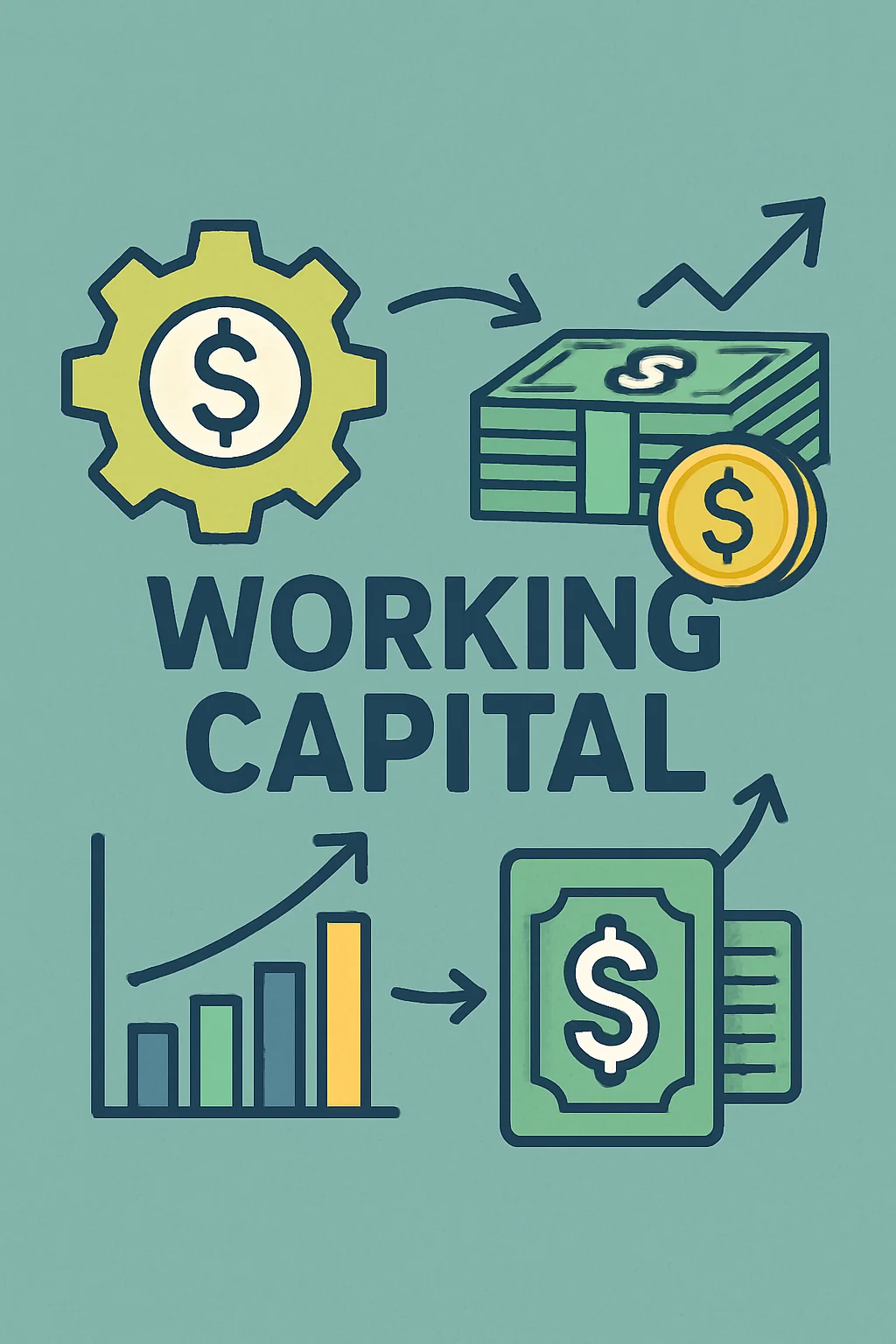“Alright, Rohan,” Priya began, leaning forward across the cafe table, “your product idea is brilliant, truly. But here’s the million-dollar question for any budding entrepreneur: How do you get that first bit of startup capital? Where does the seed funding in India actually come from when you’re just starting out?”
Rohan nodded, “Exactly, Priya! It’s the hurdle every new venture faces. You’ve got the vision, the passion, but the bank account isn’t quite ready for a full-scale launch. That early stage funding can feel like finding a needle in a haystack. So, what are the smartest moves to secure that initial fuel?”
Bootstrapping & Beyond: Tapping Into Your Immediate Network
Priya took a sip of her coffee. “The very first smart move, often overlooked, is bootstrapping. That means using your own savings, your family’s support, or revenue generated from early sales. It’s tough, but it forces lean operations and proves your grit. It also sets a strong precedent for future investors who want to see commitment.”
“Right,” Rohan interjected, “I’ve heard of founders literally selling their possessions or taking on side gigs to fund their initial idea. It builds resilience, but there’s a limit.”
“Absolutely,” Priya agreed. “Beyond personal funds, your friends and family can be a significant source of initial capital. They believe in you, not just your idea. The key here is to treat it professionally: document the investment, define terms, and communicate clearly. It sets expectations and avoids future friction.”
Preparing for External Capital: What Investors Really Want
“So, once you’ve exhausted internal options, how do you make yourself attractive for external seed funding?” Rohan asked.
“This is where proactive planning comes in,” Priya explained. “Investors look for a few non-negotiable elements, even at the early stage funding level:
- A Clear Problem & Solution: “Can you articulate the problem your venture solves, and how uniquely your solution addresses it? This forms the core of your narrative.”
- Market Potential: “Is there a substantial market for your product or service in India? Investors want to see scalability and growth potential.”
- A Strong Team: “Beyond the idea, investors fund the people. Highlight your team’s expertise, passion, and complementary skills. Who is going to execute this vision?”
- Proof of Concept (MVP/Traction): “Have you built a Minimum Viable Product (MVP)? Do you have early users or customers? Any initial revenue, even small, shows validation and reduces investor risk.”
- Basic Financial Projections: “Even if early, have a realistic understanding of your costs, revenue streams, and burn rate. This shows you’ve thought about the numbers.”
Navigating the External Seed Funding Landscape in India
“Once you’re ready, who are the typical players in the seed funding India ecosystem?” Rohan pondered.
Priya outlined the key avenues:
- Angel Investors: “These are high-net-worth individuals who invest their own money, often with industry expertise and mentorship. They’re typically the first external money you’ll raise, looking for high-growth potential.”
- Incubators & Accelerators: “Programs like Y Combinator (though global, many Indian startups participate), or Indian counterparts like NASSCOM, often offer mentorship, workspace, and a small amount of seed capital in exchange for equity. They’re excellent for structured growth.”
- Micro VCs & Seed Funds: “These are specialized venture capital firms that focus exclusively on early-stage investments. They have a more formalized process than angels but are still looking for raw potential.”
- Government Schemes: “Don’t overlook government initiatives like Startup India, which offer various incentives, including grants or easy loans for eligible new ventures.”
“The key is to target the right type of investor for your stage and industry,” Priya advised. “Do your homework on their investment thesis and portfolio.”
“So, it’s about being prepared, knowing your options, and showing serious potential,” Rohan concluded, making a final note. “It seems less daunting when you break it down into smart, actionable steps.”
“Exactly,” Priya affirmed. “Getting your first startup capital is a monumental step. It sets the stage for everything that follows. It’s not just about the money; it’s about the right partners and the right foundations.”Feeling overwhelmed by the complexities of securing your first startup capital? Need help preparing your finances to impress investors?




